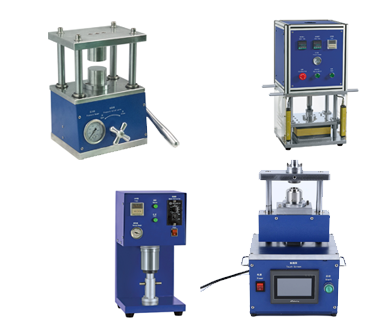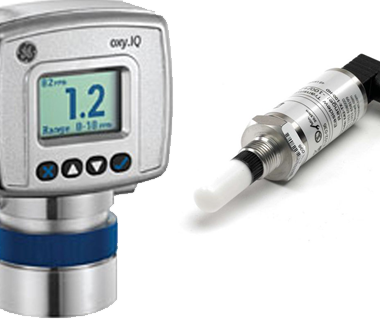No products in the cart.
Working Principle and Application of Zirconia Oxygen Analyzer

Oxygen analyzer principle:
A platinum electrode is sintered on each side of the zirconia electrolyte. When the oxygen partial pressures on the two sides of the zirconia are different, the oxygen on the side with the higher oxygen partial pressure migrates to the side with the lower oxygen partial pressure in the form of ions, resulting in the oxygen partial pressure. The platinum electrode on the high side loses electrons and becomes positive, while the platinum electrode on the low oxygen side receives electrons and produces negative electricity, thus generating an oxygen potential difference between the two platinum electrodes. This potential is only related to the difference in oxygen content (oxygen concentration difference) in the gas on both sides when the temperature is constant. If the oxygen content on one side is known (for example, the oxygen content in the air is constant), the oxygen content on the other side (such as the oxygen content in the flue gas) can be expressed by the oxygen concentration potential. If the oxygen concentration potential is measured, the smoke can be known, The amount of oxygen in the gas.
General notes on use of zirconia oxygen analyzers:
Zirconia oxygen analyzers operate at high temperatures of roughly 700°C. Therefore, please be aware that the following situations may make measurement impossible or adversely affect sensor service life.
1.Oxygen analyzers cannot be used in explosion-proof zones because they contain electrical furnaces.
2.If flammable gas (e.g. hydrogen, methane, alcohol, or carbon monoxide) enters the oxygen analyzer, it will cause a combustion reaction and result in measurement error.
3.Organic silica (used for sealants, etc.) will cause sensor degradation. (This is one of the extremely common cause of sensor degradation.)
4.Halogens (especially chlorine) cause sensor failures.
5.If substances with high calorific value such as carbon monoxide intermittently enter the oxygen analyzer, the sensor will accumulate a heat history, and this will cause sensor malfunction.
6.If large amounts of corrosive gasses such as NOX or SOX enter the oxygen analyzer, they will cause sensor malfunction.
7.At high temperatures, Freon gas may cause a separation reaction, resulting in sensor degradation.
8.Water droplets, dust and mist will damage the sensor, shorten its service life, and cause errors. When measuring gasses containing them, remove them before supplying the gas into the oxygen analyzer. Please consult with us regarding removal methods before purchasing an oxygen analyzer.
Applications:
1.Combustion control including oil, gas and biomass boiler applications
2.Laboratory & building air quality monitoring including confined space personnel safety
3.Composting
4.Scientific including respiratory studies of a community or an organism, plants and animals
5.Food and beverage packaging




